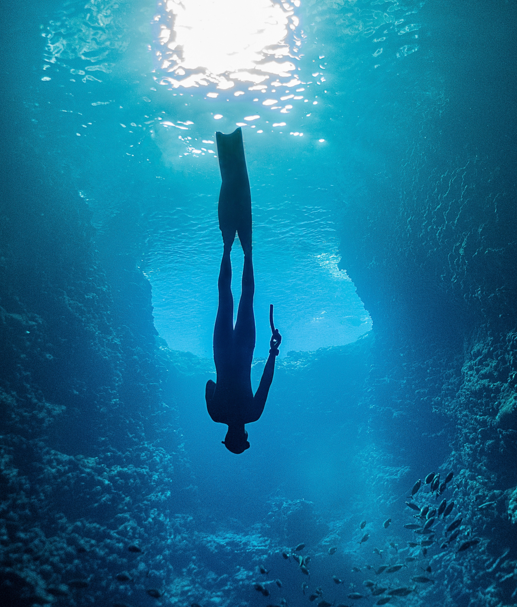A wetsuit is a specialty garment made of neoprene, a kind of synthetic rubber. It is intended for use in water-related activities and provides thermal insulation, buoyancy, and protection. A wetsuit is essential while playing water sports, but when do we need a wetsuit and for what kind of water sports?
- a) Surfing:
Surfing is a popular water sport where individuals ride ocean waves using a surfboard. Wetsuits are commonly worn in surfing to provide insulation against cold water and wind, ensuring surfers stay warm and maintain flexibility.
Especially when there are coral reefs under some marine regions, corals are highly sharp and may infect us when surfing. We can get enough protection by wearing a wetsuit. It can also keep us safe from small water organisms like jellyfish, bluebottles, and sea lice. These aquatic animals are unable to breach the tough neoprene.
Also, the reflection of the water enhances the UV radiation that reaches the skin during surfing. You'll be astonished to discover yourself tanned when you go home after a few hours of surfing. Wearing a wetsuit is similar to wearing an impervious coating of sunscreen that never washes off.
- b) Triathlon:
Triathlon is a multi-disciplinary endurance event consisting of swimming, cycling, and running.
Wetsuits are used in open-water triathlons, especially during the swimming portion. It works to keep you warm by allowing a little quantity of water to enter the wetsuit via the seams in your wetsuit and fill the space between the wetsuit and your skin. At this point, the water will be heated by the temperature of body. The most essential element is that the water will not flow freely, and air trapped in the fabric will work as an insulating layer to limit temperature loss, resulting in a favourable impact of remaining warm.
Furthermore, for newbies, the buoyancy given by the wetsuit can increase the sensation of security and lessen anxiety, which is extremely beneficial in completing the race.
The surface of the wetsuit will have a coating that minimises surface resistance when in contact with water. Low resistance helps you swim quicker, helping you achieve better results.
- c) Freediving:
Freediving is the sport of diving underwater without using a respirator. To explore the depths, participants must have exceptional breath-holding and swimming abilities. Wetsuits are vital in freediving, as they offer thermal protection against cold water, buoyancy control, and defense against potential stings and scrapes.

- d) Stand-Up Paddle boarding (SUP):
Stand-up paddle boarding involves standing on a large board and using a paddle to navigate various bodies of water. It is not necessary to wear a wetsuit to paddle board; nonetheless, it should be chosen based on the region and temperature. Wetsuits are recommended when the water temperature is at or below 20°C. If you fall off, it keeps you warm in the water and gives you confidence if you fall into cold water.
- e) Cold Water Swimming:
Kayaking and canoeing involve propelling a small boat through the water using paddles. Wetsuits are commonly used, especially in cold water or cold regions, to protect against hypothermia and provide some buoyancy.
Wetsuits are vital pieces of gear for a variety of water activities since they provide protection, thermal insulation, and improved performance. Wetsuits are necessary depending on a variety of factors, including water temperature, water conditions, and individual comfort. Wetsuits enable enthusiasts to participate in their preferred water sport with comfort, safety, and increased performance by offering insulation, buoyancy, and protection.
